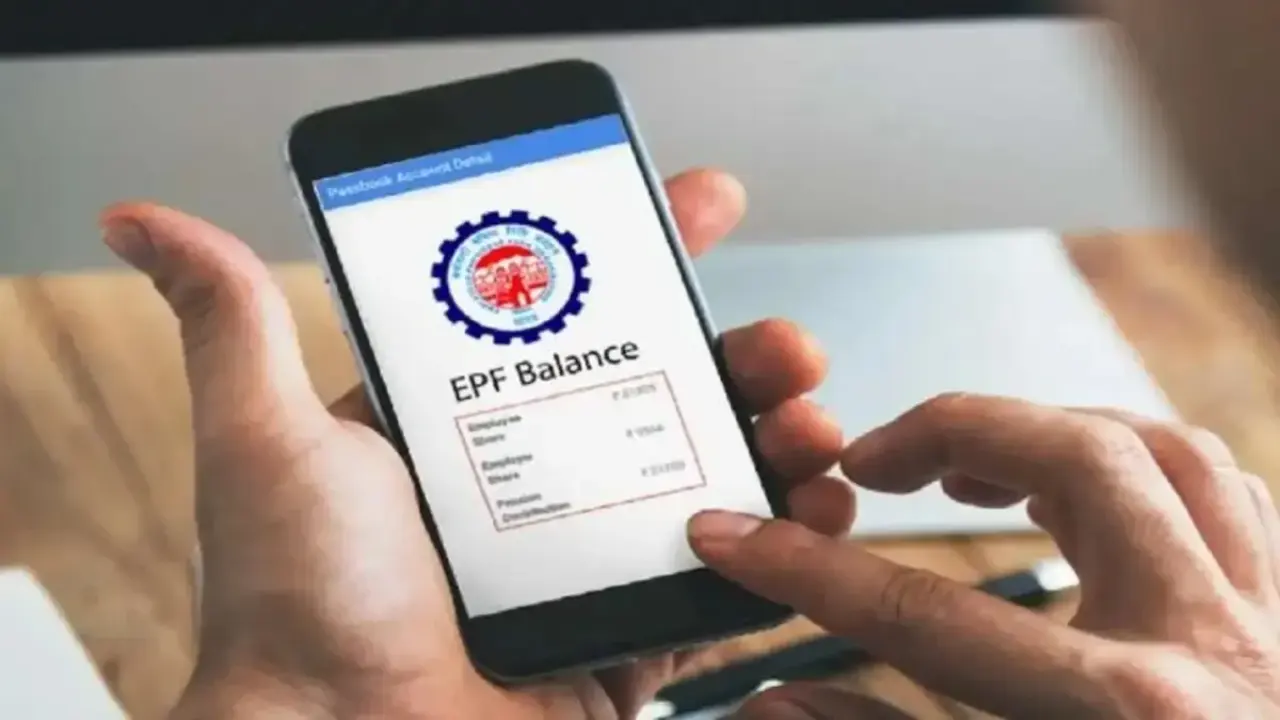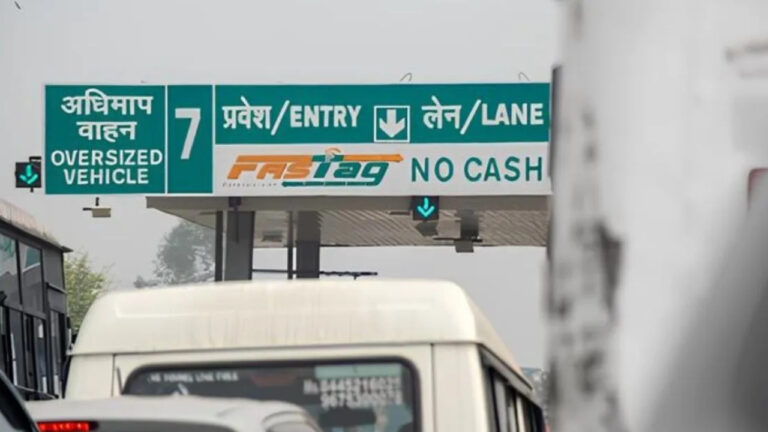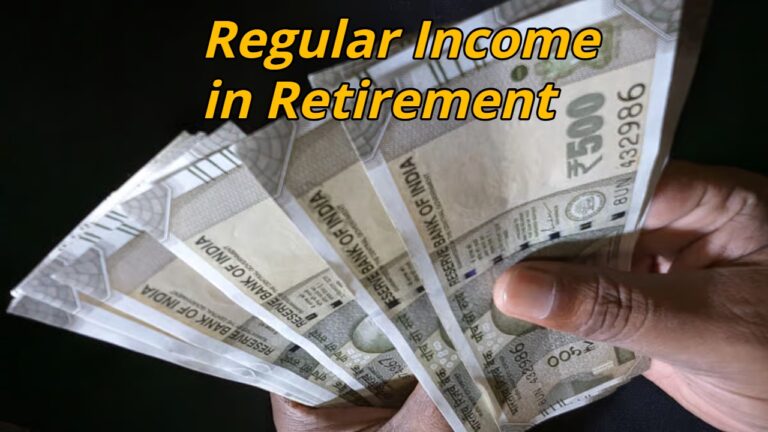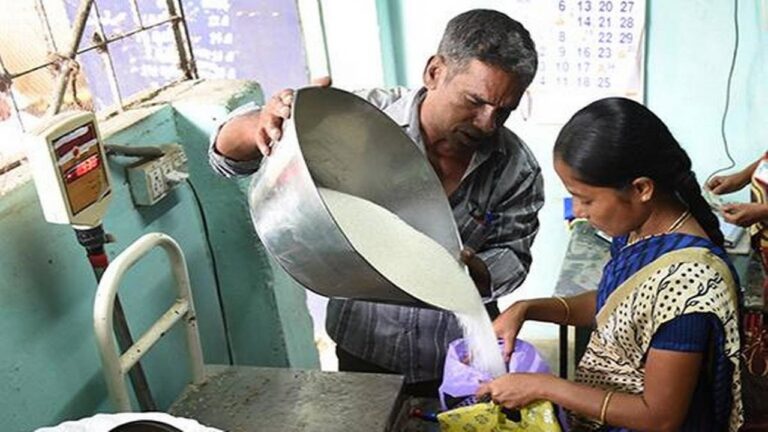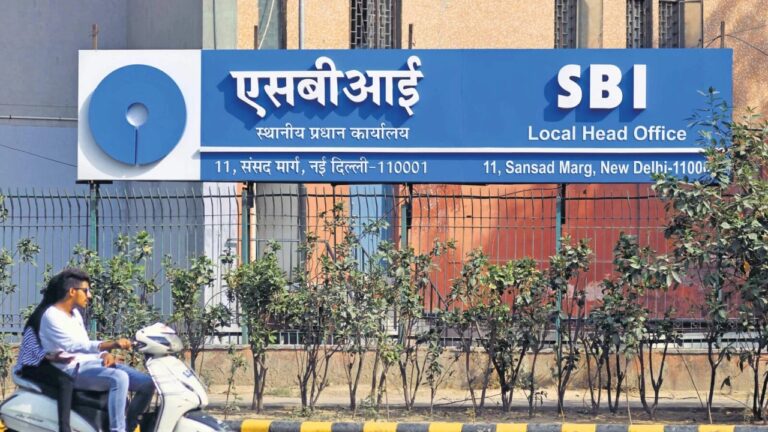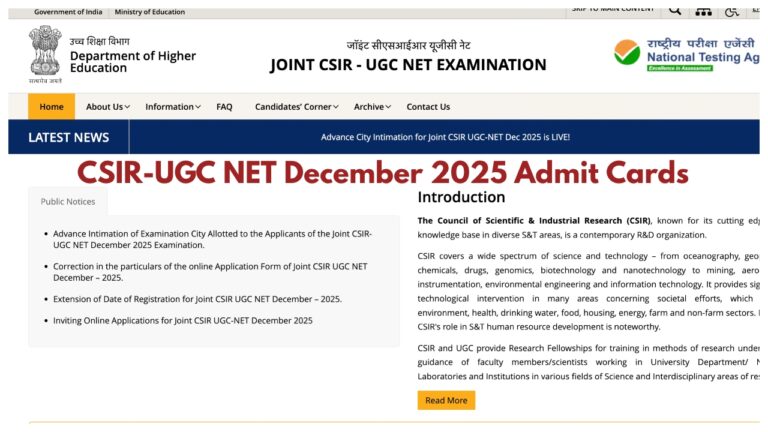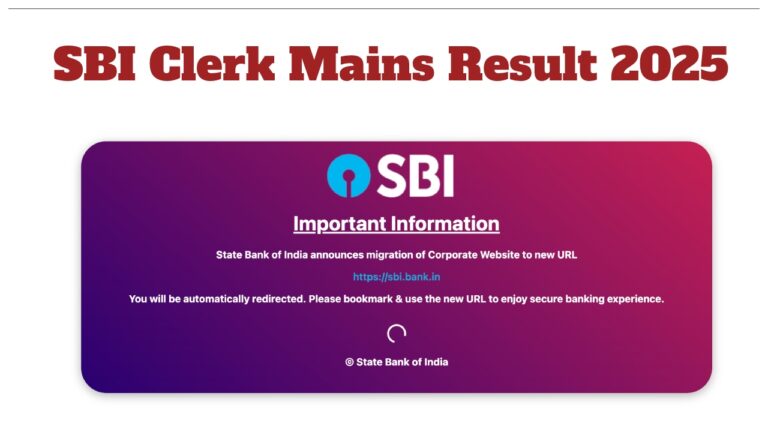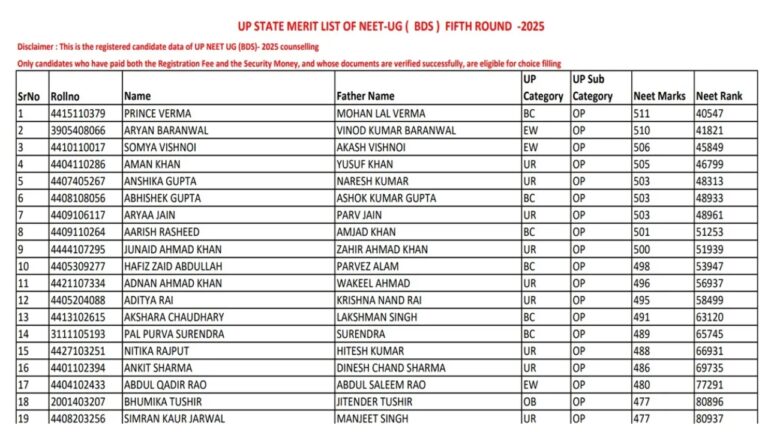EPFO: Big update for EPFO members. EPFO, or Employee Provident Fund Organization, runs EPF accounts for employees. Both the employee and the employer contribute regularly to the EPF account, due to which a large fund is created in the long term. However, many times when employees go to withdraw money from EPF, they get less money than the amount shown in the passbook. Let us understand in detail what the reasons are for this difference.
The amount deposited in the EPF passbook always appears to be high, but when you withdraw money, the amount is less. The main reason for this is tax, i.e., TDS rules. If you have not completed 5 years of service and you withdraw money, the government can deduct TDS. If you have a PAN card, 10% TDS is deducted, but if you do not have a PAN card, this rate can reach 34.608%. However, no TDS is charged if you withdraw less than Rs 50,000.
Pension funds and transfer delays
Apart from this, deduction in pension fund or non-transfer of amount from old account to new account can also be a reason. Sometimes, due to technical reasons, the balance is not updated, and the amount appears less in the passbook.
Withdrawal rules
If you are in a job, you can withdraw your PF amount neither fully nor partially. But if you are unemployed, then the first 75% and then the balance of 25% can be withdrawn if you remain unemployed for two months. However, in this situation also the amount gets reduced due to tax.
How can you withdraw money from PF?
Before withdrawing money, get your passbook updated and fill out all the required documents, including Form-19 and 10C, correctly. You can also check your balance through the Umang app, a missed call, or SMS.
